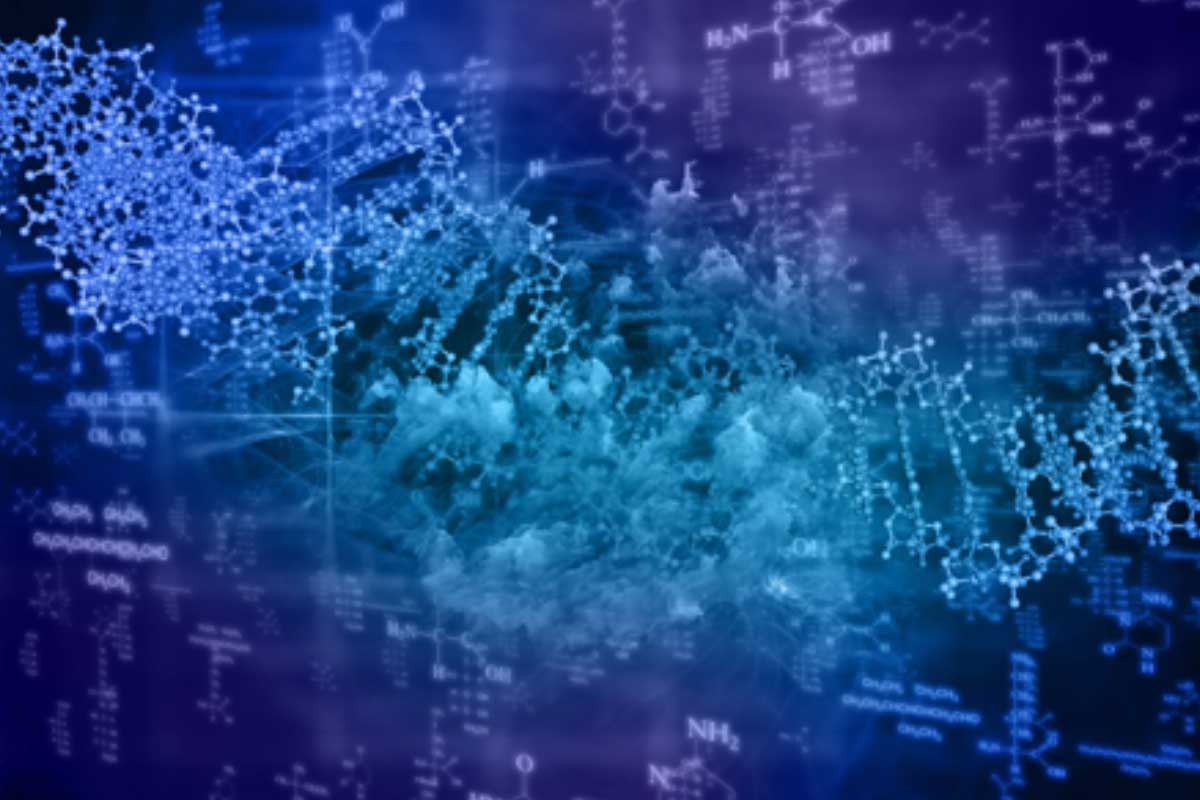In Europe, a disease is defined as rare when it affects fewer than one out of every 2,000 people. However, as many as 30 million people may suffer from one of the more than 6,000 existing rare diseases.
Most of these diseases have a genetic origin and 50% of them affect children. Our laboratory focuses on understanding the pathophysiology of rare hereditary liver diseases and on developing new therapeutic strategies for these diseases based on gene transfer. Specifically, we have developed a gene therapy for acute intermittent porphyria (AIP), starting with the design of the vector and analyzing its efficacy and toxicity. However, most importantly, we’ve carried out a phase-I clinical trial for the treatment of patients with severe AIP at Clínica Universidad de Navarra. We have found some clinical benefit in some of the treated patients, which has encouraged us to continue with the development of these advanced therapies.
We are also working on similar strategies for Wilson’s disease, hyperoxaluria, and, of course, on the next steps in the clinical development of gene therapy for AIP. We are using AAV vectors to achieve sustained correction of the gene deficiency in these genetic diseases. At the same time, we are working on improving the vehicles for gene transfer, thanks to greater knowledge of the vector at the molecular level, and on designing protein-expression systems to generate more efficient therapies.
In collaboration with the cell-therapy group (Dr. Felipe Prosper), we are working on the development of gene-correction protocols for the above-mentioned diseases, using strategies based on CRISPR-Cas technology.

